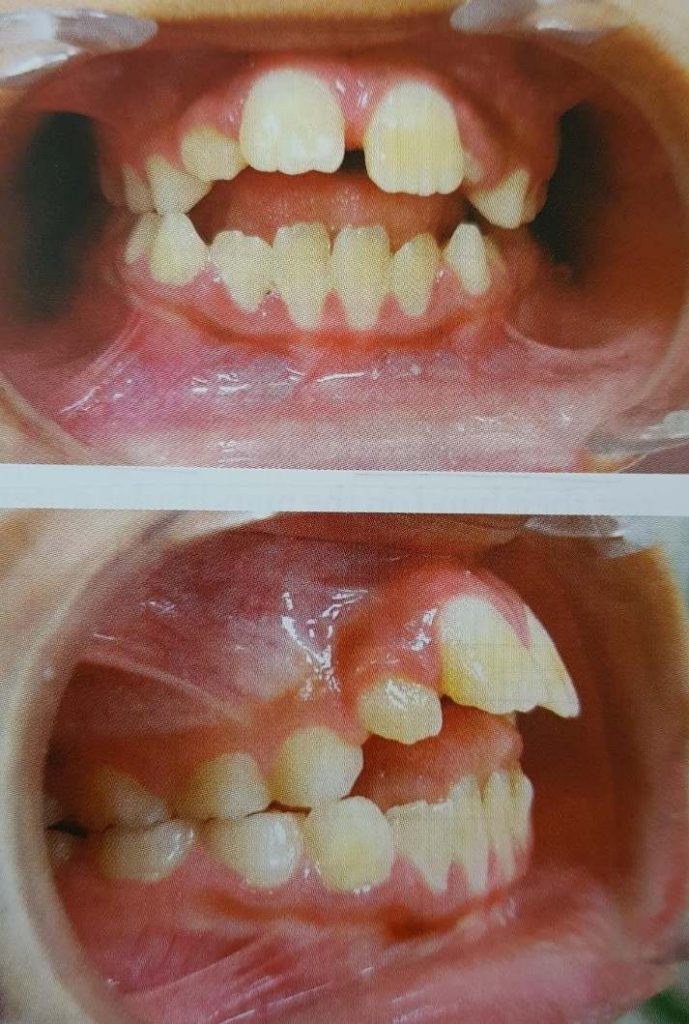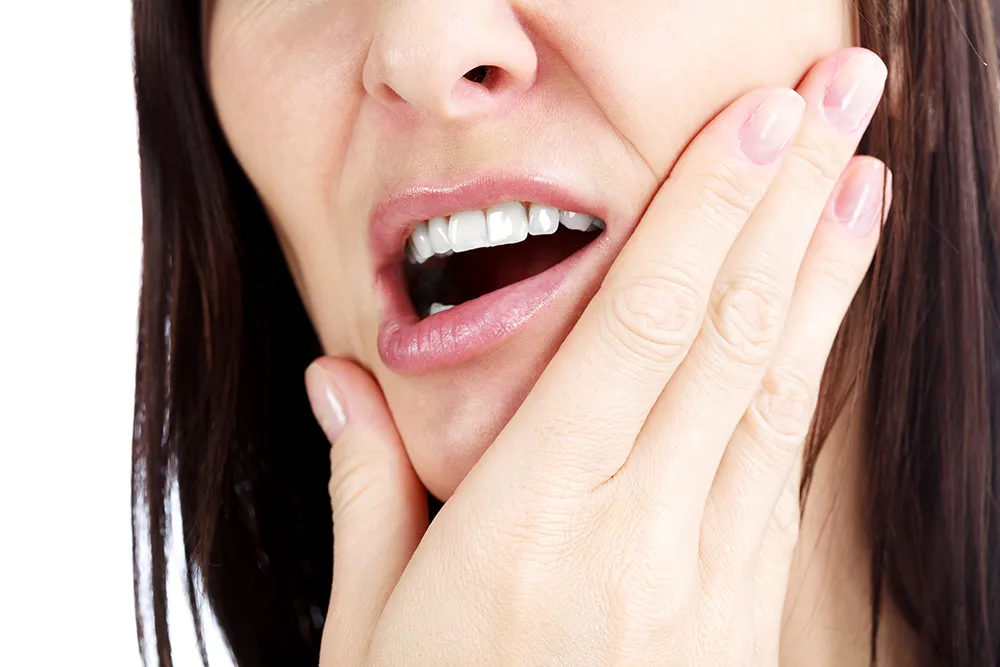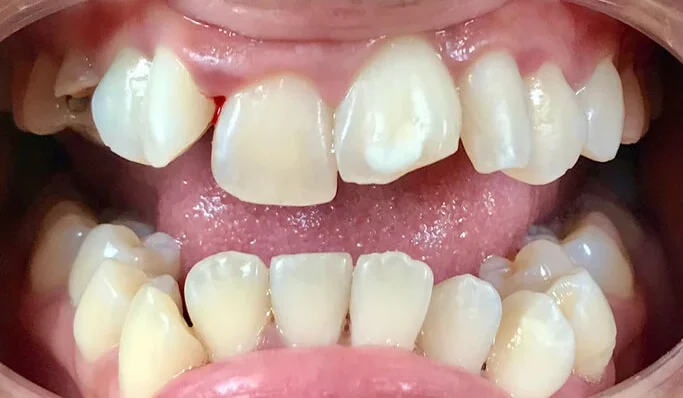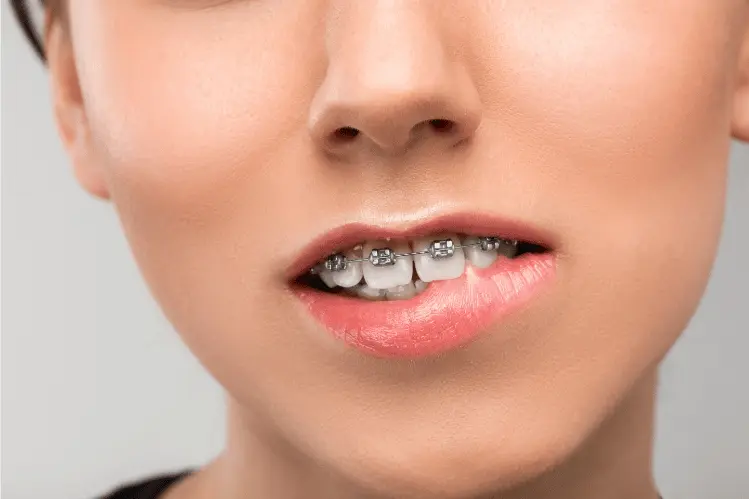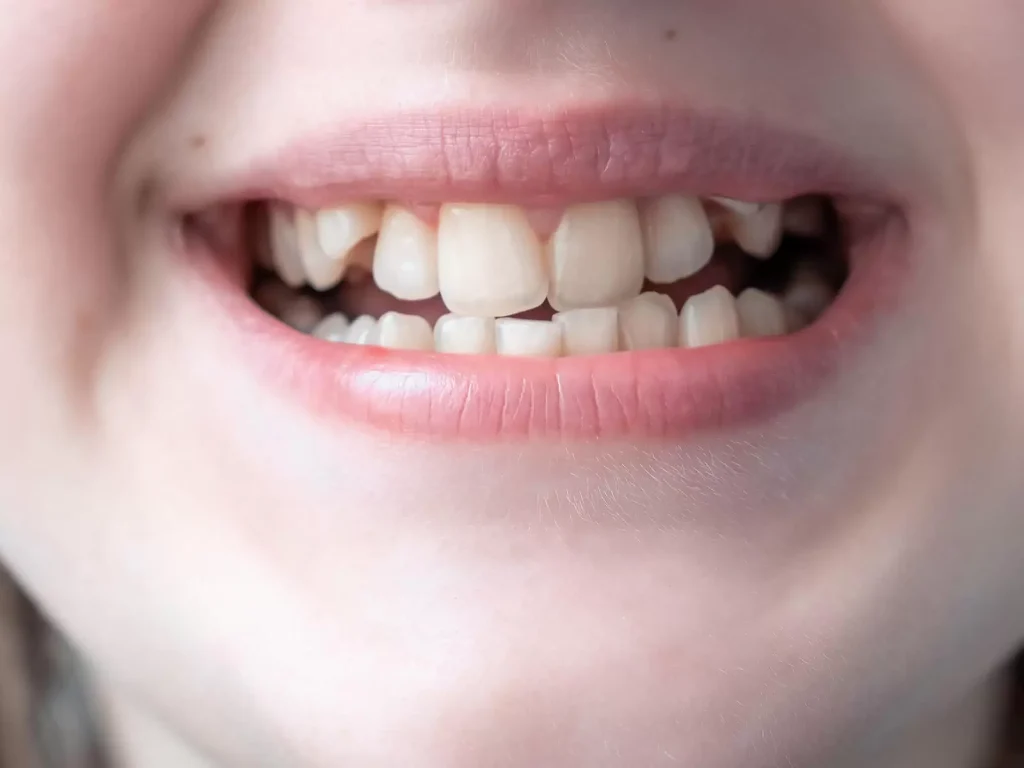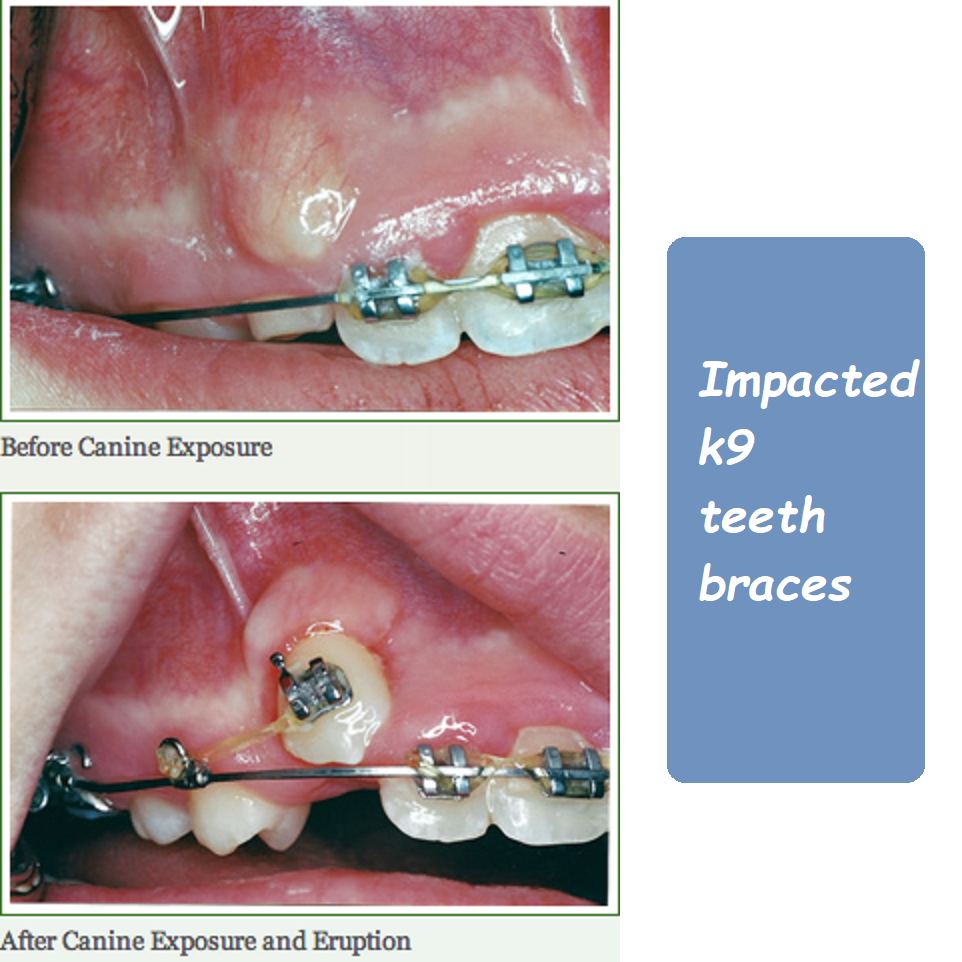what not to eat with braces the first week

What Not to Eat with Braces the First Week: A Comprehensive Guide to Managing Your Diet
Starting orthodontic treatment with braces marks an exciting step toward a straighter, healthier smile. However, the first week with braces can be challenging as your mouth adjusts to the new appliances. During this initial period, it is crucial to avoid certain foods to prevent discomfort and ensure your braces remain intact. This guide delves into what not to eat with braces during the first week, offering a detailed explanation of why these foods should be avoided and providing helpful tips for managing your diet effectively.
Understanding the Importance of Dietary Choices in the First Week with Braces
The first week after getting braces is a critical time for adjustment. Your teeth, gums, and mouth are adapting to the pressure and movement caused by the braces. This period can be uncomfortable, and consuming the wrong foods can exacerbate this discomfort and potentially damage your braces. Choosing the right foods is essential for a smoother transition and ensuring that your orthodontic treatment progresses as planned.
Foods to Avoid in the First Week with Braces
To protect your braces and alleviate discomfort, it is essential to steer clear of specific types of food. Here’s an in-depth look at what not to eat with braces during the first week:
1. Sticky Foods
Sticky foods pose a significant risk to braces, as they can adhere to the brackets and wires, making them difficult to clean and increasing the likelihood of plaque buildup and tooth decay.
- Examples: Caramel, taffy, gummy candies, and chewing gum.
- Why Avoid: Sticky foods can pull at the brackets and wires, potentially causing them to become loose or break. Additionally, they can be challenging to clean, leading to plaque accumulation and possible dental issues.
2. Hard Foods
Hard foods can place extra pressure on your braces and may lead to broken brackets or wires, causing delays in your treatment.
- Examples: Hard candies, nuts, popcorn, and ice cubes.
- Why Avoid: The hard texture of these foods can damage the braces and cause discomfort as your teeth are still adjusting to the new appliances. Hard foods can also make it difficult to maintain proper oral hygiene, as they may become trapped in the braces.
3. Crunchy Foods
Crunchy foods can be tough on new braces, potentially leading to broken brackets or wires and increased discomfort.
- Examples: Chips, pretzels, and raw vegetables like carrots.
- Why Avoid: Crunchy foods can cause discomfort and damage to the braces, making it harder to clean around the brackets and wires effectively. Additionally, the sharp edges of crunchy foods can scratch or irritate your gums.
4. Sugary Foods and Drinks
Sugary foods and beverages can contribute to plaque buildup and increase the risk of cavities, especially since braces can trap food particles and make it harder to clean your teeth.
- Examples: Soda, fruit juices, candy, and sugary snacks.
- Why Avoid: Sugary foods can lead to dental issues such as cavities and gum disease. They can also make it challenging to maintain good oral hygiene, as the sugar can get trapped in the braces and promote bacterial growth.
5. Chewy Foods
Chewy foods can be difficult to eat with braces and may put extra strain on the appliances.
- Examples: Bagels, chewy bread, and certain types of pasta.
- Why Avoid: Chewy foods can be tough to break down with braces, leading to discomfort and potential damage to the brackets and wires. Additionally, chewing tough or chewy foods can be hard on sensitive teeth during the initial adjustment period.
6. Acidic Foods
Acidic foods can irritate your mouth and exacerbate any soreness or inflammation caused by the braces.
- Examples: Citrus fruits, tomatoes, and vinegar-based dressings.
- Why Avoid: Acidic foods can increase sensitivity and irritation in your mouth, making the adjustment period more uncomfortable. They can also erode enamel over time, leading to further dental issues.
Alternative Food Choices for the First Week
During the first week with braces, focusing on soft, easy-to-eat foods can help reduce discomfort and protect your braces. Here are some suitable alternatives:
1. Soft Fruits
- Examples: Bananas, applesauce, and peaches.
- Why Choose: Soft fruits are gentle on the braces and provide essential vitamins and nutrients. They are easy to eat and less likely to cause discomfort or damage to the braces.
2. Cooked Vegetables
- Examples: Steamed or boiled vegetables like carrots, squash, and spinach.
- Why Choose: Cooked vegetables are soft and easier to chew, reducing strain on your braces. They are also rich in nutrients and can be a healthy addition to your diet.
3. Dairy Products
- Examples: Yogurt, milk, and cheese.
- Why Choose: Dairy products are soft and provide essential calcium for maintaining strong teeth. They are also easy to eat and less likely to cause discomfort with braces.
4. Soft Grains
- Examples: Oatmeal, soft rice, and cooked pasta.
- Why Choose: Soft grains are easy to chew and less likely to damage your braces. They provide essential energy and can be a comforting addition to your diet.
5. Lean Proteins
- Examples: Tender chicken, fish, and scrambled eggs.
- Why Choose: Lean proteins are soft and provide essential nutrients without causing discomfort. They are also easy to prepare and incorporate into your diet.
Tips for Managing Your Diet with Braces
To ensure a smoother transition during the first week with braces and to protect your appliances, consider the following tips:
1. Cut Food into Small Pieces
Cutting your food into small, manageable pieces can make it easier to eat and reduce the risk of damaging your braces. Smaller pieces are less likely to put excessive pressure on the brackets and wires.
2. Chew Carefully
Chewing slowly and gently can help prevent discomfort and reduce the risk of breaking or loosening brackets and wires. Take small bites and avoid using your front teeth for biting into hard or chewy foods.
3. Maintain Good Oral Hygiene
Brushing and flossing your teeth after every meal is crucial for keeping your braces clean and preventing plaque buildup. Use a soft-bristled toothbrush and fluoride toothpaste to avoid damaging the braces or discoloring the bands.
4. Stay Hydrated
Drinking plenty of water helps rinse away food particles and keeps your mouth hydrated. Water is also a good choice for avoiding sugary or acidic beverages that can contribute to dental issues.
5. Use Orthodontic Wax
If your braces are causing irritation to your cheeks or gums, applying orthodontic wax can help alleviate discomfort. Wax creates a barrier between the braces and the sensitive areas of your mouth, reducing irritation.
6. Follow Your Orthodontist’s Instructions
Your orthodontist will provide specific guidelines and dietary recommendations tailored to your individual needs. Adhering to their advice is essential for a successful treatment outcome and a comfortable adjustment period.
Common Concerns and Questions
1. How Long Should I Avoid Certain Foods?
The first week is the most critical period for avoiding certain foods. However, you may need to continue being cautious with your diet throughout your orthodontic treatment. Consult with your orthodontist for specific recommendations based on your individual needs.
2. Can I Eat Out During the First Week with Braces?
Eating out during the first week with braces is possible, but it requires careful selection of menu items. Opt for soft, non-crunchy, and non-sticky foods, and avoid items that may cause discomfort or damage to your braces.
3. What Should I Do if I Experience Severe Discomfort?
If you experience severe discomfort or if a bracket or wire becomes loose, contact your orthodontist for guidance. They can provide solutions to alleviate discomfort and ensure that your braces remain in good condition.
Conclusion
The first week with braces is a crucial period for adjusting to your new orthodontic appliances. By avoiding sticky, hard, crunchy, sugary, chewy, and acidic foods, and opting for soft, nutritious alternatives, you can help reduce discomfort and protect your braces from damage.
Adhering to these dietary recommendations and following your orthodontist’s guidance will contribute to a successful treatment outcome and a more comfortable experience. If you have any concerns or questions about your diet or braces care, don’t hesitate to reach out to your orthodontist for personalized advice and support.
By making informed choices about what not to eat with braces during the first week, you’ll be better equipped to navigate the initial adjustment period and set yourself up for a positive orthodontic journey.

